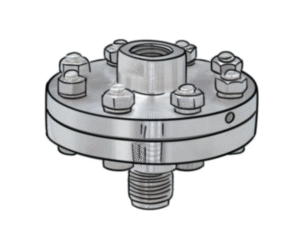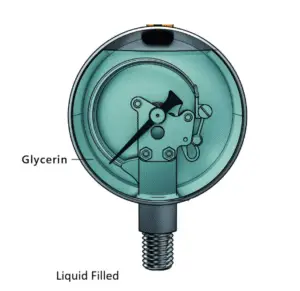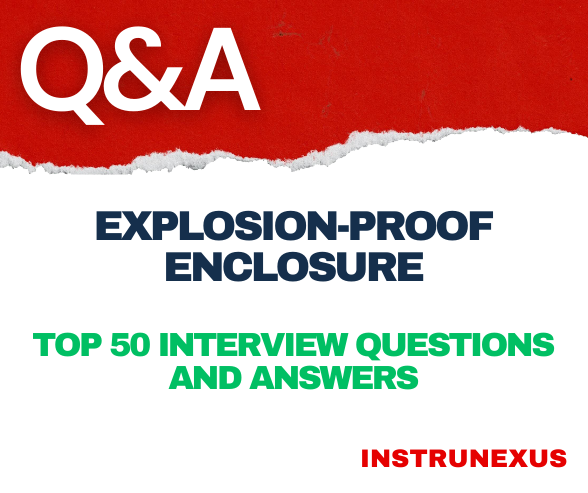Recent Updates
Introduction to Functional Safety What is Functional Safety? Functional safety refers to the part of the overall safety system that ensures the correct functioning of safety-related systems and equipment to mitigate hazardous events or failures. It ensures that processes, machinery, and systems behave as intended when necessary, preventing accidents that...
Introduction In the oil & gas and process industries, Emergency Shutdown (ESD) valves play a critical role in safeguarding personnel, assets, and the environment. Central to the reliable functioning of these ESD valves are solenoid valves, which act as pilot devices to control pneumatic or hydraulic actuators. Despite being small...
Introduction Safety relief valves (SRVs) are critical components in the oil & gas and process industries. They are designed to automatically release pressure from vessels or systems when limits are exceeded, preventing catastrophic equipment failure, explosions, or fires. However, SRVs themselves must be properly maintained to ensure their reliability and...
📌 Introduction Control valves are pivotal in process plants—they modulate flow, pressure, temperature, and level to meet process demands. A well-selected valve is only as effective as its installation. Even the highest-quality valve can underperform if installed incorrectly. Common installation pitfalls—such as piping misalignment, turbulence, poor orientation, and improper wiring—can...
Valve Fire Safe Design: A Comprehensive Guide Valve Integrity Introduction Standards Design Testing Applications Limitations Introduction Standards Design Testing Applications Limitations Valve Fire-Safe Design: A Comprehensive Overview In industries handling hazardous fluids, a valve failure during a fire can be catastrophic. Fire-safe design ensures a valve maintains its pressure-containing capability...
Pressure gauges are critical components in process instrumentation, providing real-time feedback on system pressures to ensure safety, reliability, and efficiency. However, for these gauges to operate accurately and withstand challenging process conditions, a variety of accessories are often required. These accessories serve to protect the gauge, improve readability, allow for...
In industrial environments where process control and equipment safety are paramount, pressure gauges serve as critical indicators of system health. Whether in oil and gas, chemical processing, pharmaceuticals, power plants, or general manufacturing, selecting the correct pressure gauge ensures reliable readings, minimizes downtime, and extends the life of your instrumentation...
Selection of Instrument Ranges Based on Process Data for Pressure, Flow, and Temperature Instruments
Instrument Range Selection Guide Selection of Instrument Ranges Based on Process Data An Interactive Guide for Pressure, Flow, and Temperature Instruments Contents Introduction 1. Why It Matters 2. Pressure Instruments 3. DP Instruments 4. Flow Instruments 5. Temperature Instruments 6. Additional Considerations 7. Summary Table 8. Conclusion Introduction Instrumentation plays...
Top 50 Explosion-Proof Enclosures Interview Questions and Answers Top 50 Explosion-Proof Enclosures Interview Questions I. Basic Concepts 1. What is an explosion-proof enclosure? An explosion-proof enclosure is a robust housing for electrical equipment specifically engineered to contain an internal explosion. Purpose: To prevent sparks, arcs, or flashes from electrical components...





